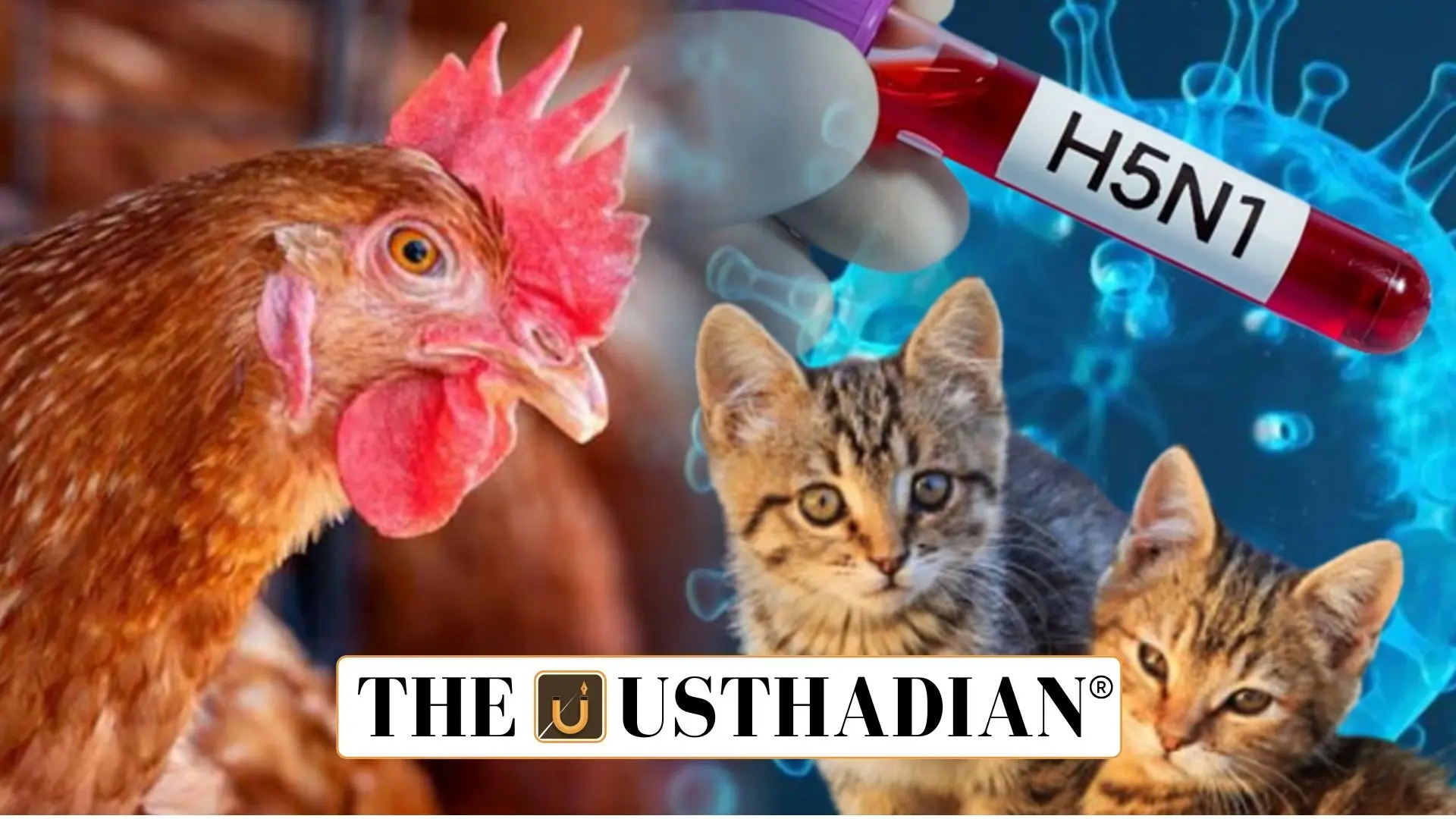When Bird Flu Strikes Apex Predators
H5N1 Bird Flu Hits Big Cats in India: A Public Health Wake-Up Call: India has just recorded a frightening first—the H5N1 bird flu virus claimed the lives of three tigers and one leopard at Nagpur’s Balasaheb Thackeray Gorewada International Zoo. For years, H5N1 was known mostly as a poultry problem. But this time, the victims were majestic wild animals, in captivity, inside a state-run zoo. This isn’t just a wildlife loss—it’s a red alert for public health and environmental safety.
What Is H5N1 and Why It’s a Big Deal
H5N1 is a Highly Pathogenic Avian Influenza (HPAI) strain. While it primarily infects birds, it has crossed species boundaries over time. The virus has now been detected in over 108 countries, harming more than 500 species, including at least 70 types of mammals. It’s so resilient that it has infected animals in the Arctic and even in Antarctica. In India, this is the first confirmed case of H5N1 killing big cats, and that changes the entire threat landscape.
How the Tragedy Unfolded in Nagpur
The infected animals had been rescued from the wild in December 2024 due to human-animal conflict. By early January 2025, symptoms began to show. Tests by the ICAR-National Institute of High Security Animal Diseases (NIHSAD) confirmed the virus in three tigers and two leopards, though one male tiger tested negative. Unfortunately, four animals succumbed. This is the first documented avian flu outbreak causing wildlife fatalities in an Indian zoo.
Government’s Quick Response
Reacting swiftly, the Wildlife Research and Training Centre (WRTC) issued advisories to all zoos and rescue centers. They recommended tightening safety protocols: limiting animal movement, avoiding raw meat, regular health monitoring, and using nets to prevent bird contact. The Animal Husbandry Commissioner ordered isolation of any sick animals and temporary closure of affected zoo areas. These actions aim not only to save other animals but to protect zoo workers and visitors too.
Raising the Biosecurity Bar in Indian Zoos
This outbreak has forced India to rethink zoo management protocols. Zoos in Maharashtra and beyond must now enforce strict biosecurity measures—like setting buffer zones, medical checks for staff, and disinfecting food supplies. These aren’t just veterinary issues anymore. They are part of a broader One Health strategy, which treats human, animal, and environmental health as interlinked and equally important.
Global Context: H5N1 Isn’t India’s Problem Alone
The likely strain, 2.3.4.4b, has wreaked havoc globally. Countries like the USA, UK, and Brazil have seen mass die-offs of birds and mammals. In some places, even seals, foxes, and polar bears have fallen victim. That this virus is now affecting India’s top predators means our ecosystems are under serious pressure, and the line between wildlife and human safety is growing dangerously thin.
STATIC GK SNAPSHOT FOR COMPETITIVE EXAMS
H5N1 Bird Flu Hits Big Cats in India: A Public Health Wake-Up Call:
| Topic | Details |
| Virus | Highly Pathogenic Avian Influenza (HPAI) H5N1 |
| Location | Gorewada Zoo, Nagpur, Maharashtra |
| Species Affected | 3 tigers, 1 leopard (first confirmed deaths in India) |
| Lab Involved | ICAR-NIHSAD (Bhopal) |
| Advisory Issued By | Wildlife Research and Training Centre (WRTC) |
| Global Spread | Detected in 108 countries, 500+ species |
| Virus Strain | Likely 2.3.4.4b |
| Approach Used | One Health (human-animal-environment link) |








